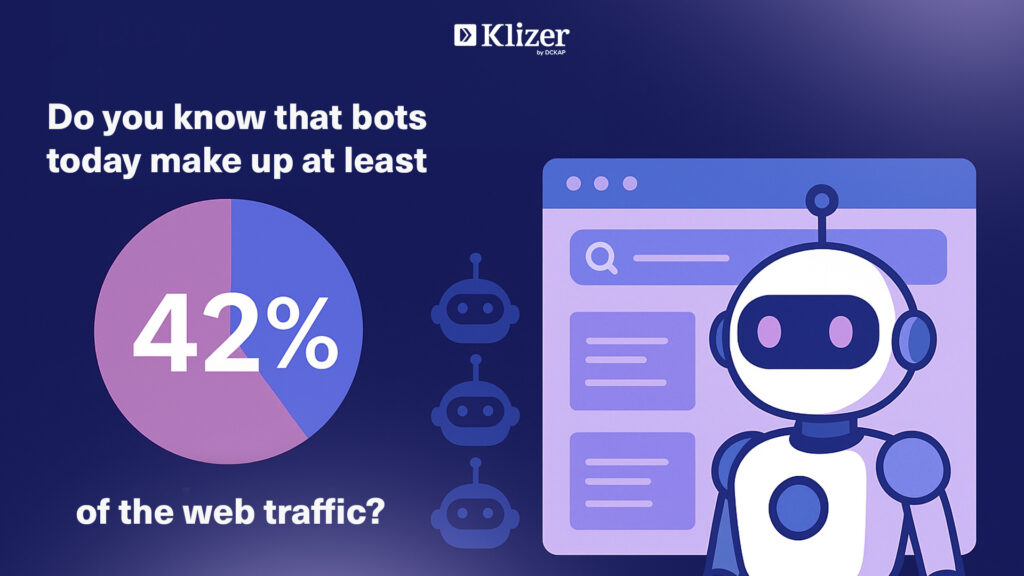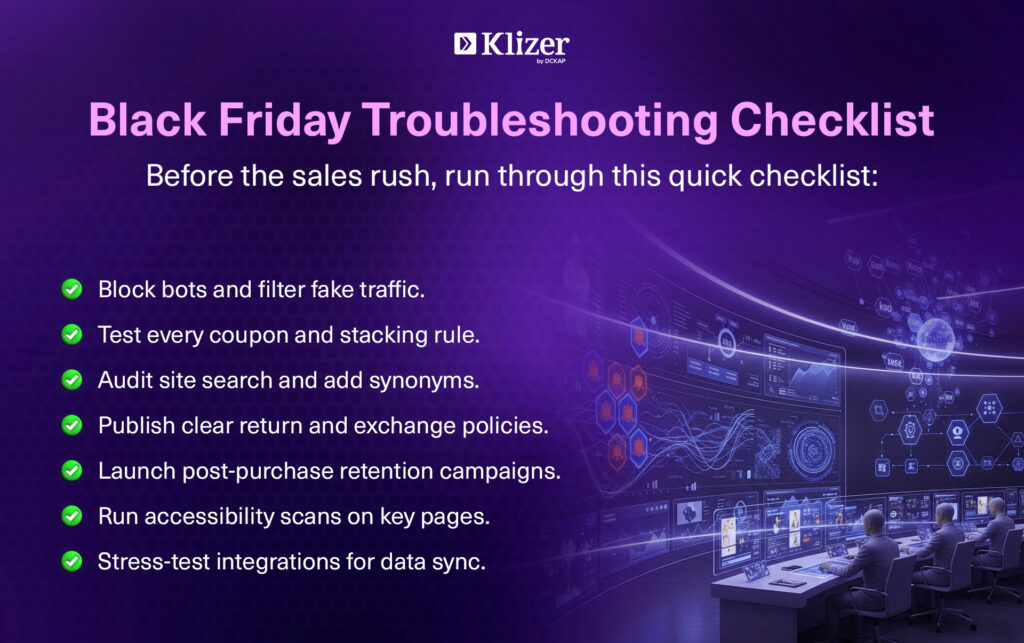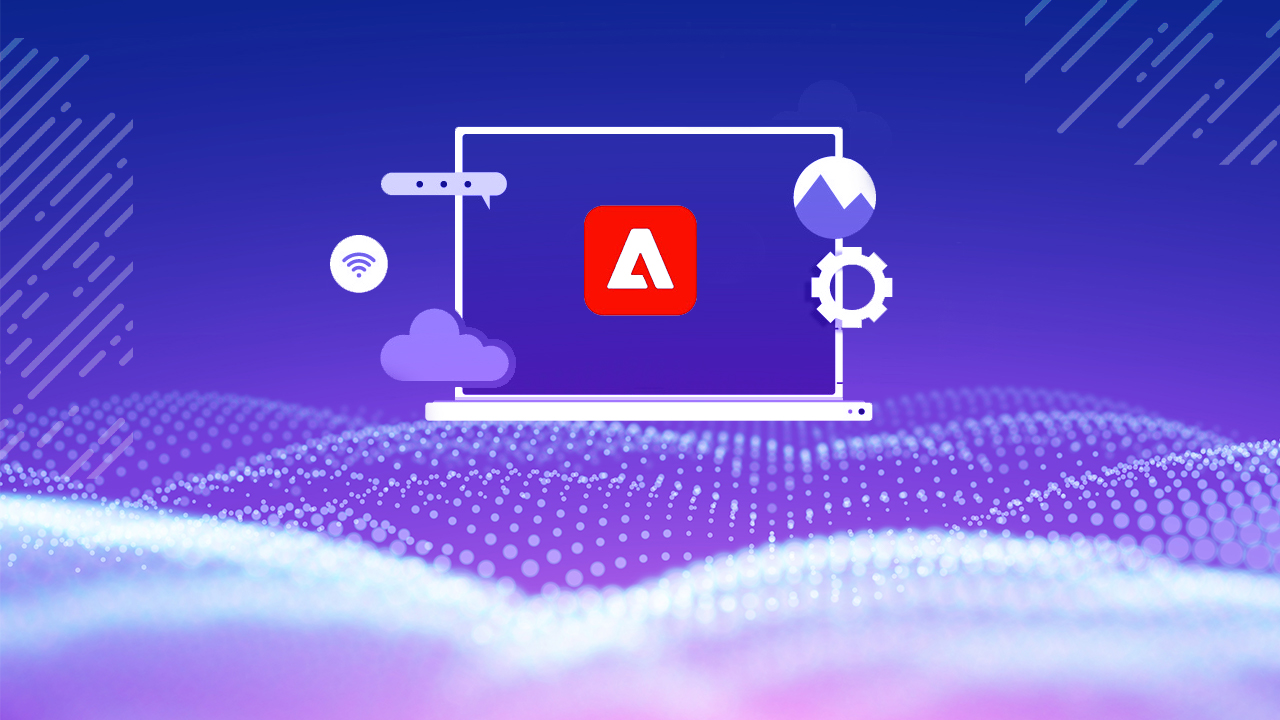Black Friday is one of the most anticipated holidays for retailers, regardless of industry and size. It serves them great revenue and gives them an opportunity to attract more customers. In 2024, U.S. ecommerce sales during Black Friday hit $10.8 billion.
However, there’s a catch. For every sale surge, there is an added risk in terms of high returns, coupon failure, bot traffic, and after-sale churn rate.
These issues don’t just break your revenue but also eat your margins, overload your operations, and chase the customers away.
What you need to do is to prepare in advance and ensure you have all the measures in place to act at the time. We’re providing you here the ten biggest black friday ecommerce issues and how you can address them.
ON THIS PAGE
1. Returns take down everything
Studies have shown that shoppers always overbuy. In fact, it has been proven that returns peak up to 30% of Black Friday purchases.
While this results in lost revenue, it also costs billions in return shipping charges and overfull warehouses. Thankfully, there are a few ways you can overcome this:
- Use demand forecasting and analyse which SKUs are more prone to returns.
- Restock promptly. Implement smart rules so that high-demand items are processed faster and quickly restocked.
- Make sure your return policy is optimized. This reduces the support tickets and helps ensure transparency.
- Cover your revenue with exchanges or credits, instead of cash refunds.
2. Data integrity is compromised
When your systems, like ERP, CRM, and storefront, are not well-synchronized, even the cleanest data setups can break. This results in missing SKUs, mismatched inventory, and even customer issues like overselling nonexistent products or duplicate products.
But there are a few things you can do to avoid this:
- Go for real-time data updates. Cleverly use APIs or cloud integrations to synchronize orders, inventory, and customer data instantly.
- Use only one data source with strict validation. Multiple data sources lead to confusion and mismatched data. Define a single record system for products and customers.
- Make sure you run stress tests. Simulate high-volume flows to find the weak links, and fix them before the sale.
- Set up automated monitoring that flags sync failures or data discrepancies before they affect fulfillment or accounting.
3. Bots and fake traffic can result in incorrect analytics, strain the server, and waste ad spend

This issue is even bigger for the retailers around black friday when scalper bots and scraping bots inflate analytics, and even crash servers.
Here’s how you can deal with them:
- Use an AI-based bot detection tool for your ecommerce store that can analyse behavior and block malicious traffic.
- Check those marketing signals. Filter analytics to ensure your budget is not wasted on fake impressions and clicks.
- Cap suspicious activity on sensitive endpoints like search, login, or checkout.
- Monitor anomalies such as sudden spikes in CPC without matching conversions often signal bot interference.
4. Wrong deals for the wrong customers are a dent in customer experience
Blanket discounts look great, but they take down your profit by giving the same offer to loyal, price-insensitive buyers who would have paid full price. Meanwhile, your high-LTV customers might not get the tailored deals they deserve. Here is what to do in this case:
- Segment your customers by value by using predictive analytics to identify high-value vs. discount-driven shoppers.
- Personalize promotions and target deeper discounts to bargain hunters, and add loyalty perks for repeat buyers.
- Run A/B tests to measure promo impact on margin before scaling it sitewide.
5. Random discounts leading to fatigue
Shoppers see dozens of irrelevant “XX% OFF” banners across email, SMS, and on-site, especially around Black Friday. This results in customers tuning you out to wait for deals that really interest them. They also, in fact, leave their carts behind.
But you can completely avoid this situation by doing this:
- Personalize discount delivery that triggers offers based on browsing and purchase history.
- Limit how often one shopper sees promotions to avoid fatigue.
- Frame offers in terms of usefulness (“Save $50 on must-have accessories”) instead of generic discounts.
6. Customers lose interest in your brand after Black Friday
Many brands focus on acquisition during Black Friday but forget that they also need to retain these customers. One-time buyers often churn if not engaged in the first 14–30 days.
Here is what you need to address that:
- Set up post-purchase nurture flows with emails, SMS, and loyalty rewards that should trigger within a week of purchase.
- Cross-sell smartly by recommending accessories, refills, or complementary products based on the Black Friday order.
- Create urgency by offering a “thank-you” discount that expires in 14 days to drive the second purchase.
7. Site search impact conversions
Customers who use search convert 2–3x more than browsers, but on Black Friday, misspellings and vague searches often lead to “No Results.” This directly leads to lost revenue and an adverse impact on brand reputation. Here’s how you can fix this:
- Enable NLP-powered search that use AI to interpret intent and handle typos.
- Never leave a “No Results” page empty; show related products, categories, or bestsellers.
- Audit queries and review top zero-result searches and add synonyms before Black Friday.
8. Accessibility dies under pressure
Quick fixes and promo banners rolled out in haste often break ADA/WCAG compliance. This can exclude entire customer segments and even create legal risks.
But, there are a few things you can do to fix it:
- Run accessibility audits on your homepage and checkout pages.
- Perform manual testing to verify that flows work with keyboard navigation and screen readers.
- Ensure alt text, color contrast, and semantic HTML are applied to promo graphics and CTAs.
9. Coupon errors can result in lost revenue
When discounts stack incorrectly or coupons fail, you lose revenue and risk abandoned carts. Therefore, before you actually start the Black Friday sale:
- Validate promotions ahead of time. Simulate every coupon and promo in checkout before launch.
- Define stacking rules to ensure promo engines prevent overlapping discounts.
- If a coupon is invalid, suggest a working one rather than leaving the shopper stuck.
10. Support teams are overburdened after the sale
After Black Friday, support teams are drowned in refund, delay, and exchange requests. Without scale, resolution times explode and customer satisfaction plummets. This is what you can do:
- Implement AI-powered chatbots for your store to handle common queries like “Where is my order?”.
- Prioritize high-value orders or urgent issues.
- Enable self-service for order tracking and automated return initiation to reduce inbound requests.

Final Takeaway
Black Friday success is more about system reliability and customer retention. Merchants that prepare with forecasting, data integrity, bot protection, personalization, and smart post-purchase engagement not only survive the storm but also turn seasonal shoppers into loyal, long-term customers.
By addressing these 10 common challenges, you can protect profits, build trust, and keep your store running smoothly through the holiday rush and beyond. For more help on these challenges, we’re soon launching a video with our experts. Stay tuned for more information.
Meanwhile, if you have any questions about preparing for Black Friday, reach out to our enterprise ecommerce experts and AI solutions for ecommerce experts right away!










